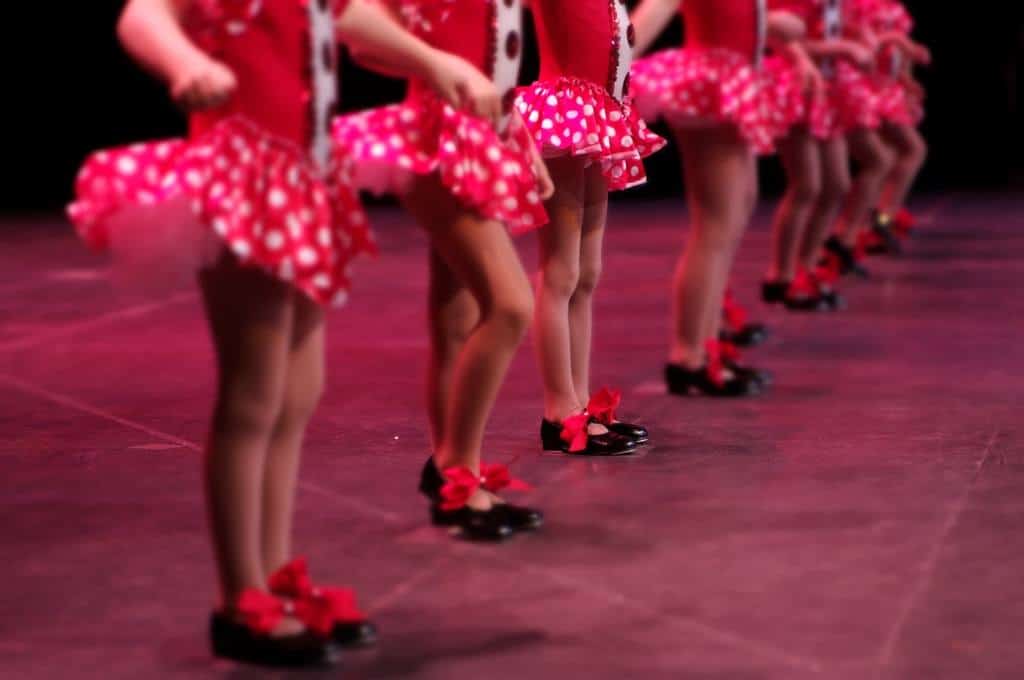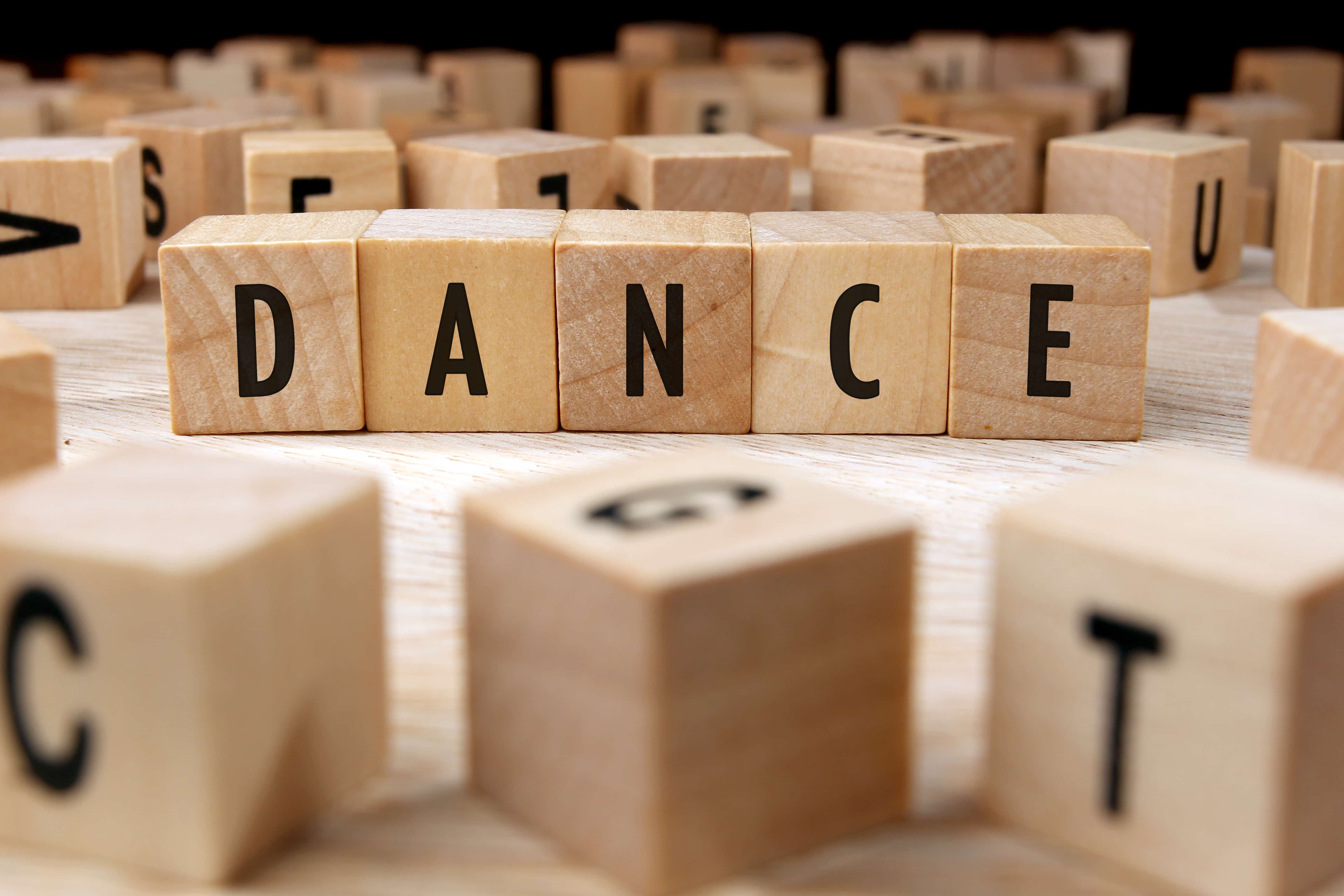What is a Dance Recital? In the world of dance, recitals showcase the talents of a school or company’s students. Performers can be individuals, paired partners, or a group. Months of work often go into the design and choreography of these performances. In addition, they play a significant role in the life of any dancer.
Career-focused dancers may even depend on these recitals as a way to impress talent scouts or recruiters for professional troupes. Parents who support their dancers from practice runs to performance day play an important part in everyone’s success.
Dance Recital Format and Length
Recital themes vary according to the preferences of the school or troupe’s leadership and the style of dance the studio teaches. The size of the school and the number of dancers in attendance can also determine the number of performances in each recital and the schedule of routines.
When the school caters to several different age groups and dance styles, the recital schedule may even be broken up over a few days. Repeat performances for each routine can also take place on the same day, back-to-back days, or different weeks to accommodate audience availability.
Many dance schools follow a typical schedule. Lessons usually begin in late summer or early fall, which results in spring recitals. If the recital is scheduled around a holiday, routines and costumes are usually heavily influenced by that holiday’s traditions. Some schools have both winter and spring recital seasons.
Parents often want to know how long a dance recital will last so they can plan accordingly. Unfortunately, there’s no standard answer. The season, theme and the number of students and routines all factor into how long any recital may take overall.
Typically, showrunners know their audience may only have an hour and a half to two hours for attendance. However, some schools may use longer formats that run as long as four hours. Scheduling recitals over several days can help schools balance the length of each performance with their audience’s expectations.
Benefits of Dance Practice and Recitals
The health benefits of participating in physical performance art, such as dance are well-documented. Frequent dance practices help students build strength, flexibility, and stamina. In addition, they also prepare students for the life skills they’ll need as they move into careers in and out of the dance world.
These more nuanced skills include building a solid work ethic through accountability to a shared goal, independent practice in between rehearsals and responsibility for the impact their actions have on the success of the entire team. Additionally, performing for the public empowers students to develop confidence as well as creativity.
On a more personal level, regular physical activity like dancing can help improve and regulate moods. Parents of teenagers, take note. Those hormone-fueled mood swings may be inevitable, but giving teens an opportunity for self-expression and exertion may go a long way towards giving them an outlet and inner peace.
 Audience Etiquette for Dance Recitals
Audience Etiquette for Dance Recitals
How audience members conduct themselves before, during, and after a recital has as much of an impact on the success of a recital as the dancers do in their performances on stage. Keep these basic rules of etiquette in mind when attending a recital.
What to Do
You should plan to arrive a little early or precisely on time. Avoid being late to the show, even by a few minutes. Disrupting a performance can break the spell that a recital is meant to create. A dancer on stage may get distracted by:
- The noise of opening and closing doors
- The light that lets in from the hallway
- The shuffle of getting to your seat
- The visual disruption of a standing audience member compared to all the seated ones
Check the program or ask the recital director ahead of time if you can take pictures during the performance. Typically, flash photography should never be used. Video recording from your seat is also usually frowned upon. If the venue is not providing a recording or professional photography, it may be possible to get permission to take photos or film from a specially designated area.
Talking, even whispering, during a performance, is often discouraged. Most theaters are designed with naturally amplified acoustics, so even quiet voices in the audience can carry. Any distraction to the dancers not only threatens to interrupt their performance, but it can also cause them to risk injury.
What to Bring
Unless the venue permits it, you should not bring food into a dance recital. If you have young children, they may need a snack to help them stay still and quiet. Consider quiet packaging and food that can be eaten without making loud noises.
It’s natural to bring your phone, but other devices, like tablets, should be turned off entirely or left at home. Cell phones should be on silent mode. In recitals where light design depends on a darkened audience area, you should avoid turning on the screen, even to check on the time.
With that in mind, you may also be asked to refrain from taking pictures during the performance unless the flash is turned off and the venue or show director allows for it.
It’s common for close friends and family members of the dancers to bring gifts and flowers to the recital. While flowers are traditional, other small gifts can also be appropriate to bring to the recital and give to dancers.
However, whether it’s due to superstitions about luck or to keep the backstage area uncluttered, most gifts should be given after the recital is over. Save expensive or large gifts for giving at home.
Tips for Dance Parents
As a parent, your responsibilities can vary depending on the age of your dancer and their role in the recital’s performances. On the day of the recital, energy and nerves will both run high, so keep a checklist on hand of everything you and your dancer need to remember about the day.
Double-check your dancer has everything they need.
Make sure they have all the pieces they need for their costume or costumes; including any small accessories like hair ties or jewelry. Bring extra tights and dance shoes when possible, and any make-up or hair products they need to get ready for the stage. Other useful extras include deodorant, a small first-aid kit, and breath mints.
Triple-check the schedule.
Dancers should arrive early, so make sure you plan your drive time accordingly. Being late and having to rush to get ready backstage can disrupt your dancer’s focus; as well as the rest of the team’s preparations. Getting there with enough time to settle in helps keep nerves calm for both you and your dancer.
Keep the mood light.
You can help your nervous dancer most by maintaining a positive attitude, focusing on the fun of the performance and the thrill of dancing for an audience. You can help them take their mind off any stage anxiety by complimenting how hard they’ve worked and how proud you are of their efforts.
Go with the flow.
It can be hard to let go of your best parenting instincts. But trust the coaches and show directors to help your dancer navigate backstage activity and the intensity of performing. While mean-spirited attitudes from teachers should never be acceptable, it’s common for showrunners to impose strict expectations on the day of a recital.

